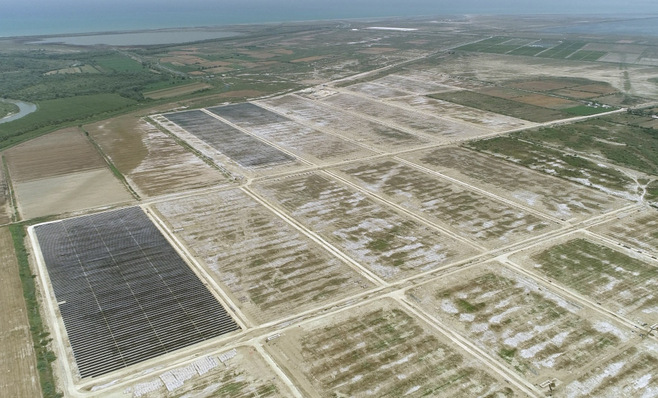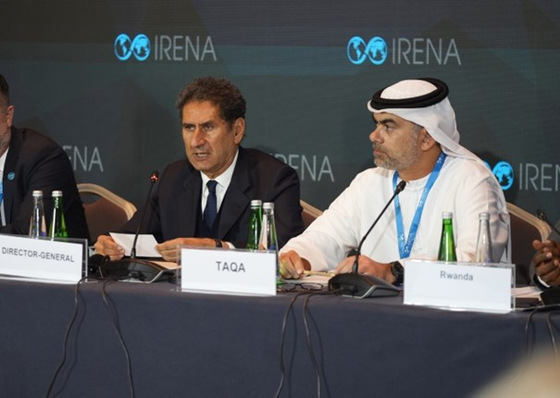Yesterday during the online SolarPower Summit, the Executive Director of the International Energy Agency, Dr. Fatih Birol, shared exclusive data from the IEA’s forthcoming ‘World Energy Outlook 2020’ (due to be published on October 13th) that showed solar to become the largest power source in Europe – in terms of capacity – by 2025.
Dr. Fatih Birol, Executive Director of the International Energy Agency, said: “Our numbers show that if Europe is able to follow through on the net-zero goal, within five years of time, solar will be the number one electricity capacity in Europe, overtaking everybody.
Birol: „With the framework of the Green Deal, Europe can lead the world in providing solar“
Clean energy must be at the heart of the global economic recovery, as it offers a solution to the economic and climate crises. Solar was essential in offering resilience during the pandemic, and with the framework of the European Green Deal, Europe can lead the world in providing solar and renewables technology.”
Walburga Hemetsberger, CEO of SolarPower Europe, commented: “The SolarPower Summit is dedicated to addressing the state of solar in 2020, and despite the market contraction due to COVID-19, solar in Europe has a very bright future as the lowest-cost and most scalable energy technology.
Hemetsberger: solar ready to play a leading role in transitioning Europe to climate-neutral energy
The new data from the IEA confirms what our studies have shown: solar will become the number one energy source in Europe, and is ready to play a leading role in transitioning Europe to a climate-neutral energy system.”
Aristotelis Chantavas, President of SolarPower Europe, stated: “While 2020 has been a challenging year for the world, we can already look ahead to what is the beginning of a true solar decade, as confirmed by IEA’s latest data. Looking back, in 2019 solar added more new power generation capacity in the EU than any other energy technology, doubling to 16.7 GW.
Chantavas: simplify administrative procedures
In order to further boost solar, some boundaries remain. After analysis of all the EU member states’ National Climate and Energy Plans (NECPs), it is clear that we need measures to simplify administrative procedures such as the bottleneck on permitting. Removing hurdles to solar will see its deployment skyrocket.” (hcn)
Read more analysis from IEA: Rapid rise in battery innovation plays key role in clean energy transitions







